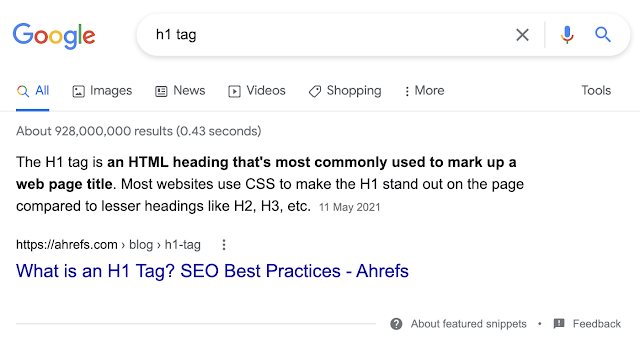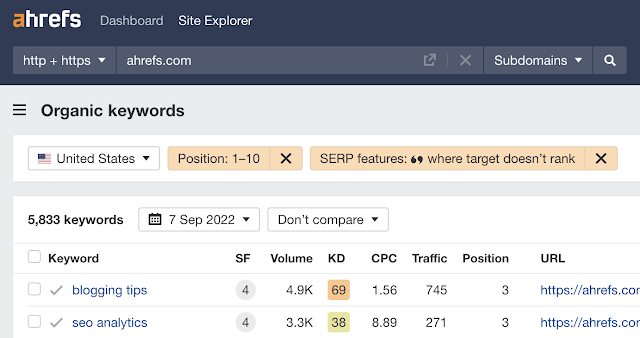On Page SEO Ranking Factors 2023 Basic for Beginners. Understand how On Page SEO Works in Ranking ? SEO Series Ch 5 On Page SEO Ranking Factors 2023 Updatez.
If you find any mistake in this article then inform me by the comment box which is in the last of this article.
At Written Updatez, we write SEO friendly and unique content for you. We have many blog posts related to SEO factors for giving you meaningful & useful information.
In this fifth chapter of SEO series 2023 you can learn the On-Page SEO ranking factors 2023 by Written Updatez. Complete information with full details. In this chapter we cover two main topics.
In the first topic
of this chapter you can learn the basics of On-page SEO in the series of SEO 2023.
What is On-Page SEO ?
On-page SEO refers to optimizing individual web pages to improve their search engine rankings and attract organic traffic. This involves performing various optimizations directly on the web page to ensure that it is search engine friendly and relevant to the target keywords or topics. On-page SEO techniques focus on both the content of the page and the HTML source code.
Why Is On-page SEO Important ?
On-page SEO is important in because it improves search engine rankings, user experience, targeted traffic, increases click-through rates, increases website visibility & views, and Provides competitive advantage.
In the second topic
of this on page seo chapter you can read how to do on page SEO for ranking in search engines.
How to do On-page SEO ?
To do on-page SEO effectively: do keyword research, optimize titles/meta descriptions, use headers correctly, create high-quality content, optimize URLs/images, add internal/external links , optimize page speed/friendliness for mobile devices, and make sure it is correct. Easy to use navigation, integrate social sharing and monitor/analyze performance.
Using H1 tags for your page title
Heading tags, including H1, help Google understand your pages’ content. It is good practice to use one H1 per page for the heading.
To find pages with missing or empty H1 tags, crawl your site with Ahrefs Site Audit and go to the content report. You can do this with an Ahrefs Webmaster Tools (AWT) account for free.
Write a great title tag
Title tags are often the primary information used to decide which result to click on. So you need to convince them. Here are some suggestions:
Keep them short: It is best to avoid truncation below 70 characters.
Matches the search intent: Let searchers know you have what they want.
Be descriptive: Don’t be vague or general.
Don’t clickbait: Make sure they are relevant to your content.
Contains keywords: If it makes more sense, use the closest variation.
Year included: For topics that demand refreshment.
You must set the title tag on each indexable page. If you want, you can use Ahrefs Site Audit to find title tag issues, such as pages that are empty or too long. You just need a free AWT account. Once you’ve signed up and crawled your site, visit the content report to check for issues.
Using of H2-H6 tags for subheadings
Improve the visual classification of your content by wrapping subheadings in H tags. Use H2 for subheadings, H3 for subheadings, etc. This makes it easy for the searchers to digest and skim.
Write a great meta description
Meta descriptions are not a ranking factor, but they can drive more clicks and traffic. This is because Google often uses them for descriptive snippets in search results. Here are some tips on how to write them:
Keep them short: It is best to avoid truncating less than 160 characters.
Expand the title tag: Add a USP that you couldn’t add there.
Matches the search intent: Double what search engines want.
Use an active voice: Go directly to the search engine.
Add your keyword: Google often puts it in bold in results.
You can use Ahrefs Site Audit to find meta description problems, such as pages that are empty or too long. Again, to do this you will need a free AWT account. Once you’ve signed up and crawled your site, visit the content report to check for issues.
Set an SEO friendly URL
If you’ve set up your website for SEO success, your URL structure needs to be solid. But you still need a description slug for every page. Google says to use keywords that are relevant to your content. Often the easiest way to do this is by using your target keywords.
Enhance your photos
Images on your pages can rank well in Google Image Search and send you more traffic. There are three things you need to do to improve them.
Use descriptive alt text.
Google also uses alt text (alt text) to understand the subject of an image. This is an HTML attribute used in <img> tags to describe an image. It doesn’t appear on the page and looks something like this:
<img src=”https://yourdomain.com/puppy.jpg” alt=”puppy”>
The primary purpose of alt text is to improve accessibility for visitors using screen readers. It converts page content including images to audio.
Here’s our top tip for creating alt text:
Be descriptive: Describes what is actually in the picture.
To be short: Keep them as short as possible.
Do not fill in keywords: Google says this results in a negative user experience.
Don’t say it’s a picture: There is no need to include “Image of…” or “Image of…” in the description.
You can use the Images in Ahrefs Site Audit report to check if your site has images that do not have alt text.
Use external links.
Some people believe that linking to external resources is bad for SEO. There is no evidence to suggest this. Google says that linking to other websites is a great way to provide value to your users. So don’t be afraid to do it where it makes sense.
Optimize for featured snippets
A featured snippet answers the searcher’s question with a short answer. Google pulls them from web search listings, and almost all come from one of the top 10 ranking pages. This means you can shortcut your way to the top position by earning shards.
The best featured snippet opportunities are for keywords where:
-
You are already in the top 10.
-
Google already shows a featured snippet.
-
You don’t own this piece yet.
You can find these opportunities using Ahrefs Site Explorer. Enter your site, then filter the top 10 rankings where you don’t own a snippet in the organic keyword report.
Get rich snippets with structured data.
Rich Snippets are search results that highlight structured data embedded in web pages. Its purpose is to give search engines summary information about a result at a glance.
Structured data isn’t a ranking factor, but it helps Google better understand what’s on your pages. They make your website more attractive in search results, which can lead to more clicks.
Closing Words:
We hope you are enjoying this SEO Series and gain a lot of knowledge from this course. We hope you learn much of in this fifth chapter of the SEO series 2023.











2 thoughts on “On Page SEO Ranking Factors 2023 – SEO Series Ch 5”